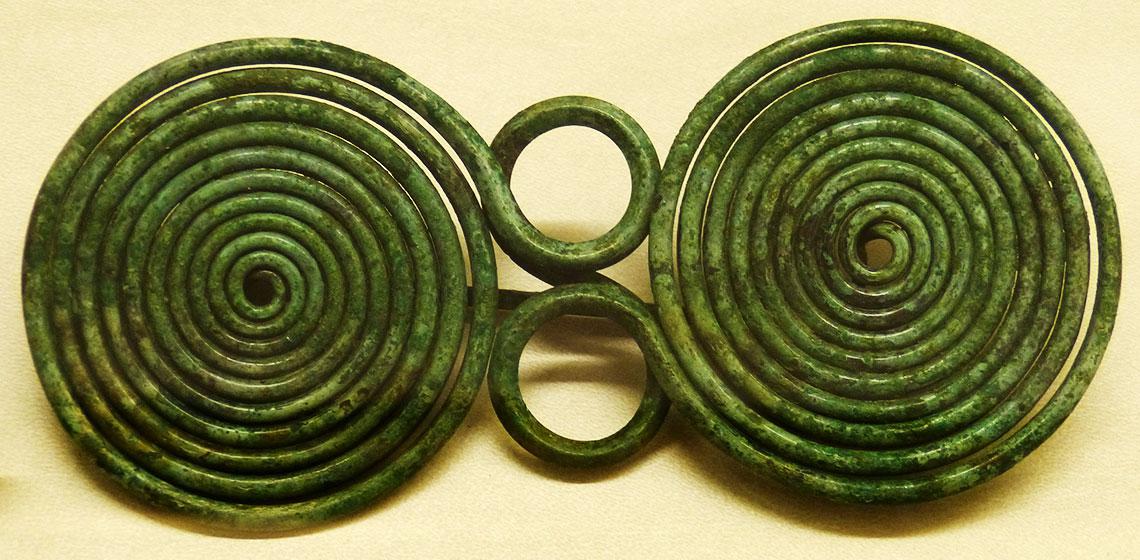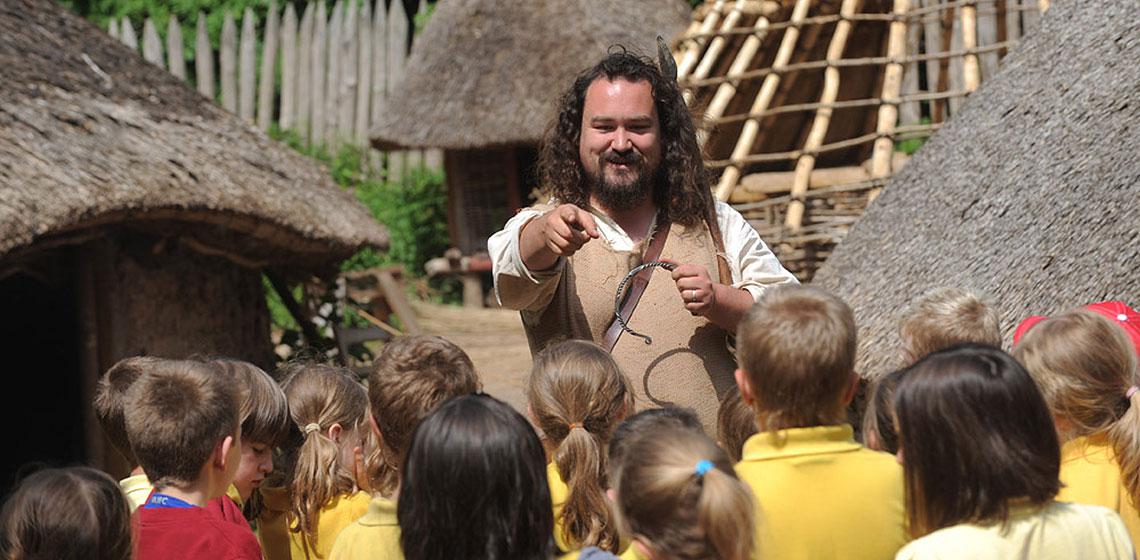The “Csiki Garden” is a Medieval eco-archaeological park and Summer camp (in Hungarian: Csiki Pihenőkert, Árpád-kori régészeti park, erdei-iskola és nyári tabor) coordinated by the Régiségbúvár Egyesület (Antiques-research Association). The goals are to present Hungarian medieval life and history (buildings, agriculture, craftsmanship, foods, arms, costumes, et cetera) as well as teaching the children in schools and in Summer camps.
The “Csiki Garden” is a Medieval eco-archaeological park and Summer camp coordinated by the Régiségbúvár Egyesület. The goals are to present Hungarian medieval life and history (buildings, agriculture, craftsmanship, foods, arms, costumes, et cetera) as well as...









